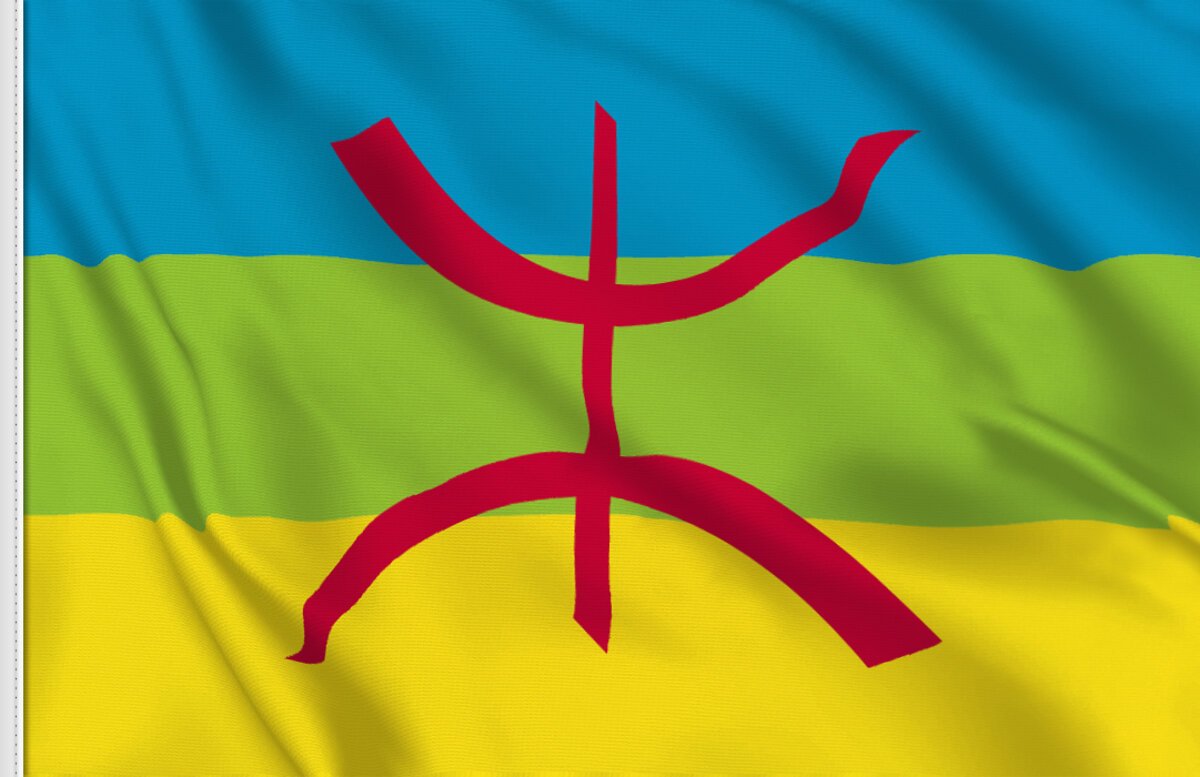Amazigh People and Their Rich Cultural Influence on Tourism in Morocco
Morocco is a land of breathtaking landscapes, vibrant cities, and centuries-old traditions. While visitors are often captivated by the bustling souks of Marrakech, the blue-washed streets of Chefchaouen, or the golden dunes of the Sahara, one of the most profound influences on Moroccan culture comes from the Amazigh people. As the indigenous inhabitants of North Africa, the Amazigh have shaped Morocco’s identity through their architecture, music, cuisine, and warm hospitality.
For travelers seeking an authentic experience, exploring Amazigh heritage is essential. From staying in ancient kasbahs to tasting traditional Berber tagines and embarking on guided desert adventures, every aspect of Amazigh culture enhances Morocco’s tourism appeal. This article delves into the rich cultural contributions of the Amazigh people and how they make Morocco an unforgettable destination.
We’re here to help! Message us on WhatsApp, and a team member will assist you personally.
1. Who Are the Amazigh People?
The Amazigh, often referred to as Berbers, are the indigenous people of Morocco and North Africa. Their presence in the region dates back over 4,000 years, predating Arab, Roman, and French influences. Despite centuries of change, the Amazigh have preserved their unique language, traditions, and way of life.
In Morocco, the Amazigh community is primarily concentrated in the Atlas Mountains, the Rif Mountains, and the Sahara Desert. Many still follow a semi-nomadic lifestyle, herding livestock and practicing traditional crafts. However, their cultural influence extends far beyond their villages, shaping Morocco’s art, architecture, and tourism experiences.
2. The Timeless Beauty of Amazigh Architecture
Amazigh architecture is an essential part of Morocco’s visual identity. Characterized by earthen walls, intricate geometric patterns, and fortified structures, Amazigh-built kasbahs and ksars have stood the test of time. These buildings were designed to blend seamlessly with their natural surroundings, using materials like clay, straw, and stone to create resilient structures suited for Morocco’s diverse climate.
Must-Visit Architectural Wonders:
- Ait Benhaddou – A UNESCO-listed ksar (fortified village) famous for its role in films like Gladiator and Game of Thrones.
- Tinghir and Todra Gorge – Home to traditional Amazigh villages set against dramatic canyon landscapes.
- Skoura Oasis – A lush palm grove dotted with well-preserved kasbahs and stunning scenery.
Many of these historical sites have been converted into boutique hotels and guesthouses, offering travelers a chance to experience Amazigh hospitality firsthand. Staying in a kasbah not only provides an authentic experience but also supports local communities dedicated to preserving their heritage.
3. The Soulful Sounds of Amazigh Music and Dance
Amazigh music is deeply rooted in storytelling and tradition, with songs often recounting tales of love, resistance, and daily life. The rhythms are created using hand drums, flutes, and stringed instruments like the guembri and rebab.
Where to Experience Amazigh Music:
- The Gnaoua World Music Festival in Essaouira – A fusion of Amazigh, African, and Arabic musical influences.
- Traditional Ahidous performances in Khenifra – A mesmerizing dance performed by Amazigh men and women in the Middle Atlas Mountains.
- Desert festivals in Merzouga – Nomadic celebrations featuring Berber drums and traditional chants.
Many cultural lodges and desert camps organize live music performances, allowing travelers to enjoy Amazigh melodies under the stars.
4. The Culinary Heritage of the Amazigh People
Amazigh cuisine forms the foundation of Morocco’s rich gastronomic landscape. Known for its use of locally sourced ingredients and slow-cooking methods, Amazigh food is hearty, flavorful, and deeply tied to the land.
Dishes You Must Try:
- Berber Tagine – A slow-cooked stew featuring lamb, vegetables, saffron, and preserved lemon, often cooked in clay pots over open flames.
- Amlou – A rich paste made from almonds, argan oil, and honey, often served with fresh bread.
- Madfouna (Berber Pizza) – A stuffed flatbread filled with spiced meat and vegetables, best enjoyed in the desert town of Rissani.
Many Amazigh families welcome visitors for home-cooked meals, offering an unparalleled opportunity to experience their culinary traditions firsthand.
5. Exploring the Amazigh Way of Life: Nomadic Culture & Rug Weaving
The Amazigh have a deep connection to nature, with many communities still practicing seasonal migration between the mountains and valleys. Their craftsmanship is renowned, particularly in textiles, pottery, and jewelry.
Where to Experience Authentic Amazigh Culture:
- Nomadic camps in the Sahara Desert – Spend a night in a traditional Berber tent, guided by Amazigh hosts who share their way of life.
- Taznakht carpet workshops – Discover the intricate symbols woven into Amazigh rugs, each telling a unique story.
- Atlas Mountain villages – Meet local artisans and learn about their centuries-old weaving techniques.
Many travelers choose to purchase a handwoven Amazigh rug as a meaningful souvenir, supporting local women who pass down these skills through generations.
6. Adventure with the Amazigh: Hiking, Desert Treks & Beyond
For those seeking adventure, the Amazigh people are the ultimate guides to Morocco’s rugged landscapes. Their deep knowledge of the terrain makes them invaluable companions for trekking, desert excursions, and mountain climbing.
Top Adventures with Amazigh Guides:
- Summit Mount Toubkal – A challenging yet rewarding trek to North Africa’s highest peak.
- Camel trekking in Merzouga – Journey across the vast dunes of Erg Chebbi and experience an unforgettable desert sunrise.
- Hiking through the Dades and Todra Gorges – Explore dramatic rock formations and remote villages.
Hiring a local Amazigh guide ensures an authentic experience while directly supporting indigenous communities.
Why the Amazigh People Make Morocco Unforgettable
The Amazigh people are the heartbeat of Morocco’s cultural and tourism experience. Their contributions can be seen in the country’s architecture, music, cuisine, and hospitality. Whether visiting ancient kasbahs, attending traditional festivals, or embarking on a desert adventure, travelers who engage with Amazigh culture gain a deeper, more meaningful understanding of Morocco.
Planning Your Trip? Here’s What You Need to Know:
- Best Time to Visit: Spring (March–May) and Fall (September–November) for the best weather conditions.
- Where to Stay: Traditional riads, kasbah lodges, and desert camps for a culturally immersive experience.
- How to Get Around: Private drivers, guided tours, and local Amazigh guides offer the best insights into remote regions.
- Language Tip: Learning basic Tamazight phrases such as “Azul” (hello) and “Tanemmirt” (thank you) enhances interactions with locals.
By embracing the traditions, landscapes, and hospitality of the Amazigh people, travelers can uncover the true essence of Morocco—a country where ancient customs and modern tourism blend harmoniously.
Our team is here to assist you. Contact us on WhatsApp for more information.



